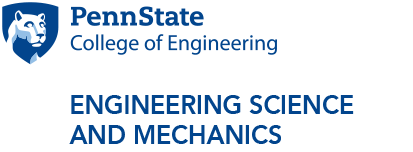Tomographic scanning
After an x-ray beam goes through an object, the intensity is measured to approximate a line integral of x-ray attenuation coefficients along the path. Various line integrals across a section carry sufficient information on the underlying distribution of the attenuation coefficients. Image reconstruction from sufficiently many line integrals is called computed tomography (CT). These line integrals are collected from different orientations during a scan with a source-detector assembly. Scanning modes have evolved from the simplest parallel-beam geometry to current mainstream spiral cone-beam geometry, and under development towards robotic-arm-based flexible trajectories, which is the story I will enthusiastically share with you.
Abstract: After an x-ray beam goes through an object, the intensity is measured to approximate a line integral of x-ray attenuation coefficients along the path. Various line integrals across a section carry sufficient information on the underlying distribution of the attenuation coefficients. Image reconstruction from sufficiently many line integrals is called computed tomography (CT). These line integrals are collected from different orientations during a scan with a source-detector assembly. Scanning modes have evolved from the simplest parallel-beam geometry to current mainstream spiral cone-beam geometry, and under development towards robotic-arm-based flexible trajectories, which is the story I will enthusiastically share with you.
Bio: Ge Wang is Clark & Crossan Chair Professor and Director of Biomedical Imaging Center, Rensselaer Polytechnic Institute, USA. He published the first spiral/helical cone-beam/multi-slice algorithm in 1991 and many follow-up papers on this particular topic. Currently, there are 100+ million medical CT scans yearly with a majority in this canning mode. He wrote 500+ journal papers in IEEE, PNAS, Nature, Nature Machine Intelligence, etc., with a high number of citations, grants, recognitions and awards. His results were featured in Nature, Science, PNAS, and media. He is Fellow of IEEE, SPIE, OSA, AIMBE, AAPM, AAAS, and National Academy of Inventors (NAI).
Additional Information:
https://psu.zoom.us/j/91823970096?pwd=ZTFvMnJCdnJSS1NZaHk2SnNGY04rdz09
Media Contact: Lisa Spicer



